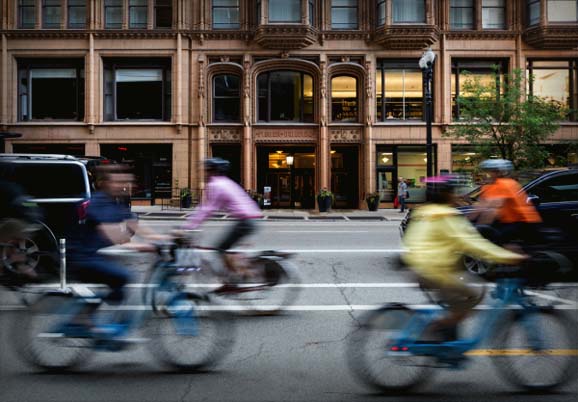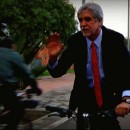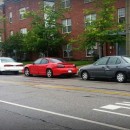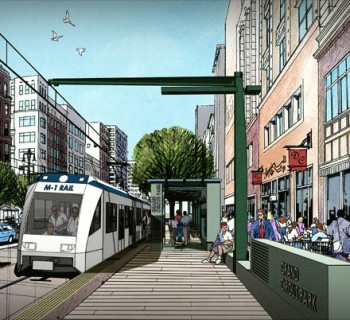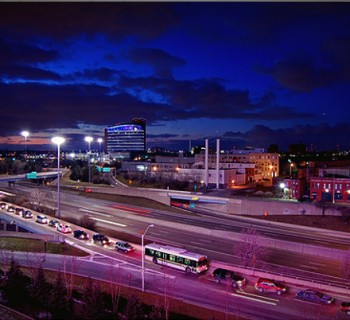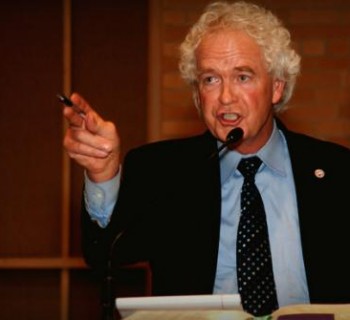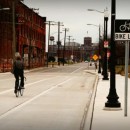Detroit is on the cusp of something profound. There's energy and excitement in the air around its revitalization. One key component of that revitalization, we think, is biking being taken seriously by local and state leadership as a key economic driver, a true transportation option, and one that deserves as much attention as the redevelopment of abandoned structures and languishing business districts.
Here's a great post by the Green Lane Project that discusses just how one key component of great biking infrastructure - the protected bike lane (something Detroit does not have) - can actually impact local business, in a good way:
As almost any bike advocate will tell you, a bike isn't a toy; it's a tool. And by the same token, it's becoming clear to more and more politicians and businesspeople that a protected bike lane isn't a sign of prosperity — not a luxury that cities install if they can afford to.
When they're used right, protected bike lanes can be part of the path to prosperity.
Telling this story is one of the big themes of this blog: we've looked at this phenomenon in Memphis, San Francisco and Portland, for example.
As a way to gather all this thinking into one place, I've spent the last few weeks working on a big new report, a collaboration between the Green Lane Project and the Alliance for Biking and Walking that will use the stories of businesses across the country to show exactly how this works.
We've grouped the stories into four main categories:
.jpg)
1) Protected bike lanes increase retail visibility and volume. It turns out that when people use bikes for errands, they're the perfect kind of retail customer: the kind that comes back again and again. They spend as much per month as people who arrive in cars, require far less parking while they shop and are easier to lure off the street for an impulse visit.

2) Protected bike lanes make workers healthier and more productive. From Philadelphia to Chicago to Portland, the story is the same: people go out of their way to use protected bike lanes. By drawing clear, safe barriers between auto and bike traffic, protected bike lanes get more people in the saddle -- burning calories, clearing the mental cobwebs, and strengthening hearts, hips and lungs.

3) Protected bike lanes make real estate more desirable. By calming traffic and creating an alternative to auto travel lanes, protected bike lanes help build the sort of neighborhoods that everyone enjoys walking around in. By extending the geographic range of non-car travel, bike lanes help urban neighborhoods develop without waiting years for new transit service to show up.

4) Protected bike lanes help companies score talented workers. Workers of all ages, but especially young ones, increasingly prefer downtown jobs and nearby homes, the sort of lifestyles that make city life feel like city life. Because protected bike lanes make biking more comfortable and popular, they help companies locate downtown without breaking the bank on auto parking space, and allow workers to reach their desk the way they increasingly prefer: under their own power.
We'll be sharing much of the information in the report here, piece by piece, and offering it for download (or maybe by mail, if you ask very nicely) when it's published this fall. Stay tuned.
Green lane idea of the day: A good bike network isn't a luxury cities build if they can afford to. It's a tool that itself builds local wealth.
Do you want to see better biking infrastructure in Detroit? Attend our event this Thursday!


